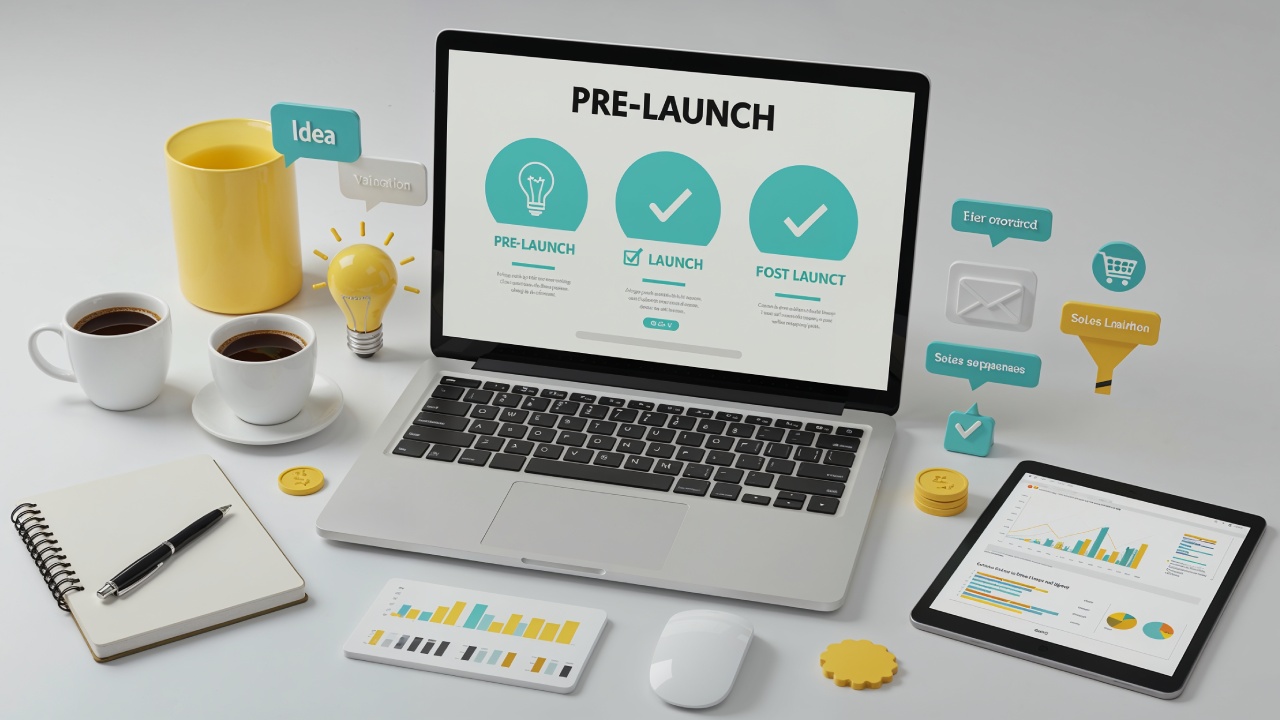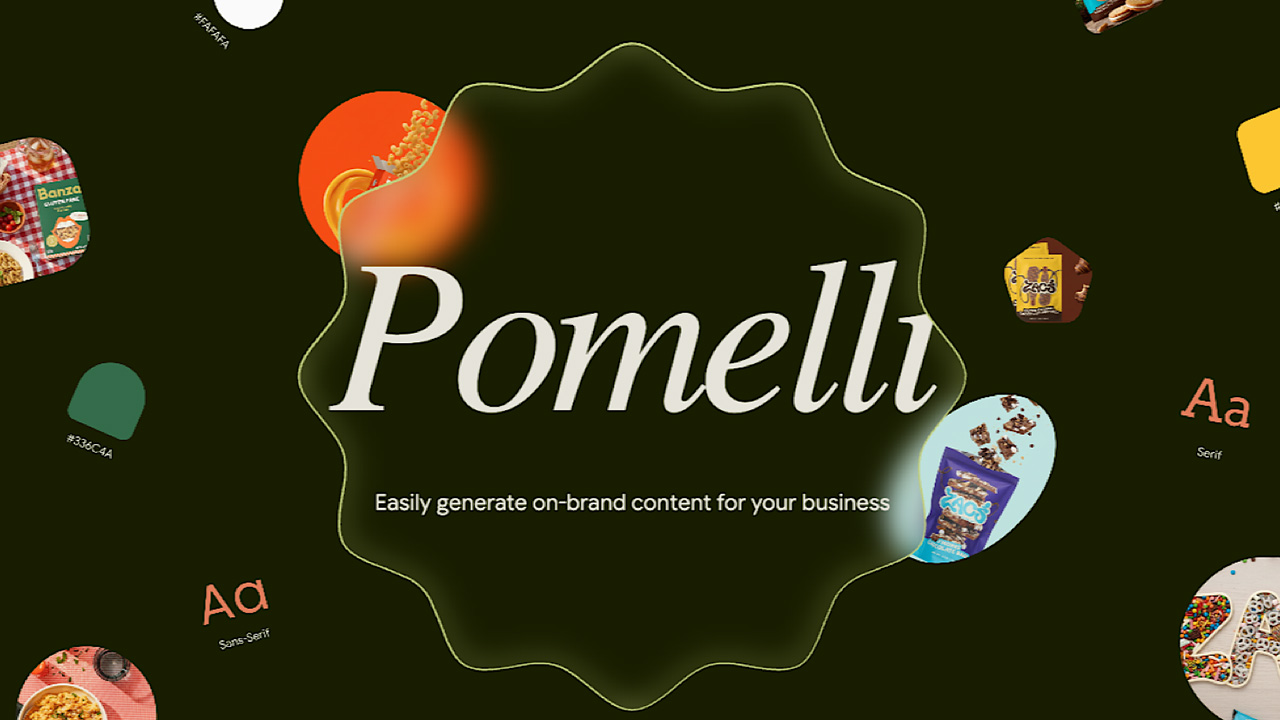Contents
Checklists serve as invaluable tools that help streamline your processes and enhance productivity. By creating effective checklists, templates, and workbooks, you can simplify complex tasks and ensure consistency in your work. In this blog post, you’ll learn practical strategies for designing these imperative resources to maximize their value, whether for personal projects or professional endeavors. Dive in to discover how to tailor these tools to meet your unique needs and elevate your organizational skills.
Key Takeaways:
- Developing checklists ensures consistency and streamlines processes, enabling users to efficiently complete tasks with minimal oversight.
- Templates provide a structured approach for repetitive tasks, saving time and reducing the likelihood of errors while promoting clarity in communication.
- Workbooks are valuable for engaging users through interactive content, facilitating deeper learning and application of concepts across various contexts.
Understanding the Importance of Checklists
As you navigate through tasks and projects, checklists serve as necessary tools that keep you organized and focused. They provide clear steps for you to follow, ensuring that important details are not overlooked. Additionally, checklists enhance productivity by streamlining your workflow, allowing you to tackle multiple tasks efficiently.
Defining Checklists
Beside being simple lists of items to complete, checklists can be tailored to suit any project or task at hand. They are versatile and can range from daily to-do lists to comprehensive project outlines, enabling you to maintain control over your responsibilities.
Benefits of Using Checklists
Below are some remarkable benefits you can experience by integrating checklists into your routine. They promote clarity in your tasks, enhance accountability, and can even serve as motivational tools as you check off completed items. Checklists eliminate confusion, streamline processes, and provide a visual representation of progress, giving you a sense of achievement.
Another key advantage of using checklists is that they can reduce anxiety by breaking down overwhelming tasks into manageable steps. By detailing your objectives in a structured manner, you can tackle one item at a time, making large projects feel less daunting. Furthermore, they promote consistency and quality, ensuring that necessary tasks are completed in a timely manner, which is vital for maintaining high standards in your work.
Crafting Effective Templates
Assuming you want to make the most out of your templates, focus on clarity and usability. Effective templates provide a structured approach while allowing flexibility for customization. They should be intuitive, guiding the user seamlessly through the process, and ensure that all necessary components are included. You will find that a well-crafted template saves you time and boosts productivity, making it an important tool in your toolkit.
Identifying Key Components
About crafting a successful template means pinpointing the important elements that make it functional and valuable. Begin by analyzing the specific purpose of your template and identifying the components that align with that goal. This could include headings, instructions, and sections that cater to the intended audience. You’ll want to create a balance between comprehensive detail and simplicity, ensuring users can navigate through without feeling overwhelmed.
Customization and Consistency
By allowing for customization while maintaining consistency in your templates, you create a balance that enhances usability. Consistency brings reliability, as users become familiar with your format, while customization gives them the flexibility to adapt the template to their unique needs. This combination maximizes the value of your templates by providing both a solid framework and the ability for personalization.
Another vital aspect of customization and consistency is the implementation of standard fonts, colors, and layouts. This creates a cohesive look across all your templates, promoting brand identity and familiarity for your users. Consider including customizable fields in your templates that allow for easy updates without losing the overall design integrity. Striking this balance lets you deliver practical tools that resonate with your audience while enhancing their experience.
Developing Workbooks for Enhanced Workflow
For anyone looking to streamline their processes, developing workbooks can significantly enhance your workflow. Well-structured workbooks not only guide you through tasks step-by-step but also help you visualize your progress. By incorporating the right elements, you can ensure that your workbooks provide maximum value and efficiency, ultimately leading to better outcomes in your projects.
Structuring Workbooks for Clarity
An effective workbook should be structured with clarity in mind. Organize sections logically, using headers and bullet points to break down information into digestible pieces. This way, you’ll find it easier to navigate your tasks and stay focused on your objectives, leading to a more productive experience.
Integrating Feedback Mechanisms
Workbooks become even more valuable when you incorporate feedback mechanisms. These elements encourage continuous improvement and allow you to evaluate your methods effectively. By setting up designated areas for comments and suggestions, you can remain responsive to changes and make necessary adjustments to enhance your workflow.
Feedback mechanisms serve as your roadmap for progress. By collecting input on completed tasks or processes, you can identify areas for enhancement and capture potential pitfalls early on. Consider incorporating rating scales or open-ended questions to facilitate constructive dialogue. This not only supports your development but also keeps you accountable to your goals, fostering a culture of continuous improvement within your workflow.
Best Practices for Implementation
After creating your checklists, templates, and workbooks, you should focus on proper implementation for maximum value. It’s vital to thoroughly test these tools in your workflow and solicit feedback from users. By doing this, you can enhance efficiency and effectiveness. For an excellent resource, check out The ultimate guide to creating a checklist to fine-tune your processes.
Training and Onboarding
Against common belief, having high-quality resources is not enough; you must ensure every team member understands how to use them effectively. Utilize comprehensive training sessions and onboarding processes to familiarize your team with the checklists and templates. This approach helps in minimizing confusion and promotes a smoother workflow.
Regular Updates and Revisions
Along with initial training, you will find it necessary to implement a system for regular updates and revisions of your tools. Continuous improvement ensures that your checklists and templates remain relevant and in line with your evolving processes.
It’s important to schedule periodic reviews of your checklists and templates to ensure they meet the changing needs of your team and objectives. Gather feedback from users to identify any areas for improvement. Keeping your resources current will enhance productivity and support a sustainable workflow, driving greater value for your projects.
Tools and Resources
Many resources are available to help you create effective checklists, templates, and workbooks. To get started, explore How to create fillable worksheets, workbooks & checklists …. These guides will provide insights for creating tools that deliver maximum value to your audience.
Software Options for Creation
Between popular programs like Canva, Microsoft Word, and Google Docs, you have plenty of options for creating your materials. Each software offers unique features, so choose one that aligns with your design needs and user experience goals.
Collaboration Platforms
Across platforms like Trello, Slack, and Asana, you can effectively collaborate on your checklist and template creation process. These tools allow you to share ideas, gather feedback, and make edits in real-time, enhancing team productivity.
Even when working independently, utilizing collaboration platforms can be beneficial. They can help you organize your thoughts and streamline the feedback process, allowing you to refine your materials before finalizing them. Incorporating team insights can elevate the quality of your work, providing diverse perspectives that enhance your end product.
Case Studies and Examples
All successful projects can serve as inspiring case studies for creating checklists, templates, and workbooks that add real value. Consider these impactful examples:
- A tech firm achieved a 30% reduction in onboarding time by implementing a standardized checklist for new employee processes.
- A marketing agency saw a 50% increase in campaign efficiency after utilizing a template designed for consistent social media branding.
- An educational institution improved course completion rates by 40% through the use of structured workbooks for student engagement.
Successful Checklist Implementations
For your own projects, implementing well-structured checklists can streamline processes and enhance performance metrics. For instance, a health clinic reported a 25% decrease in patient wait times after introducing a service checklist that ensured all necessary steps were followed efficiently.
Template and Workbook Success Stories
On the other hand, templates and workbooks can serve as powerful tools for standardization and effectiveness across teams. A nonprofit organization increased its donor engagement by 35% after adopting a comprehensive donor outreach template.
A particularly remarkable instance lies with a financial services company that crafted a set of workbook exercises guiding clients through budgeting and investment planning. This led to a 60% improvement in client satisfaction and retention rates, demonstrating how tailored resources can significantly enhance your interactions and results with your audience.
To wrap up
Presently, creating checklists, templates, and workbooks can significantly enhance the value of your projects. By streamlining processes and ensuring consistency, these tools allow you to maintain focus and efficiency. When you invest time in developing tailored resources, you’re setting yourself up for success and making it easier for others to benefit from your expertise. Incorporating these elements into your workflow not only saves time but also leads to a more organized approach, ultimately maximizing the impact of your efforts. Embrace these strategies to elevate your productivity and effectiveness in any endeavor.








